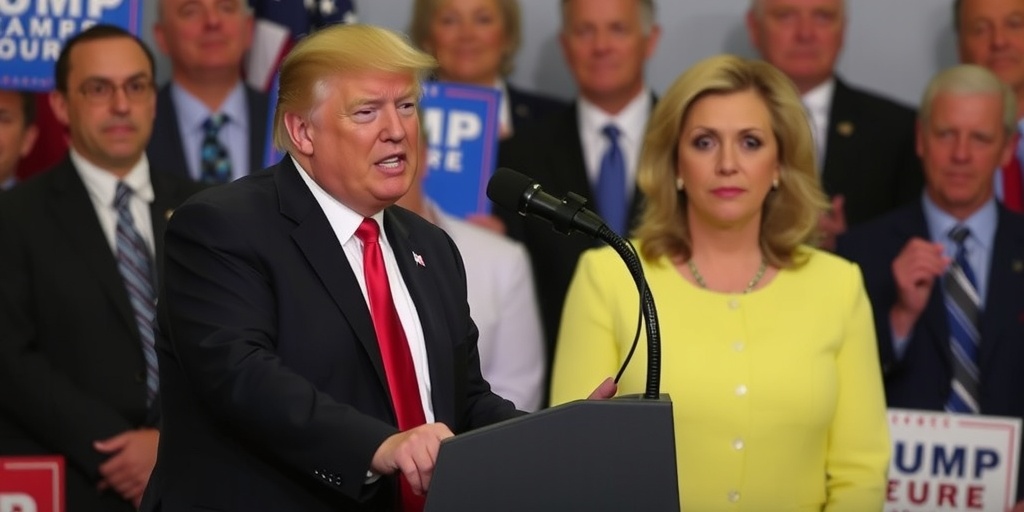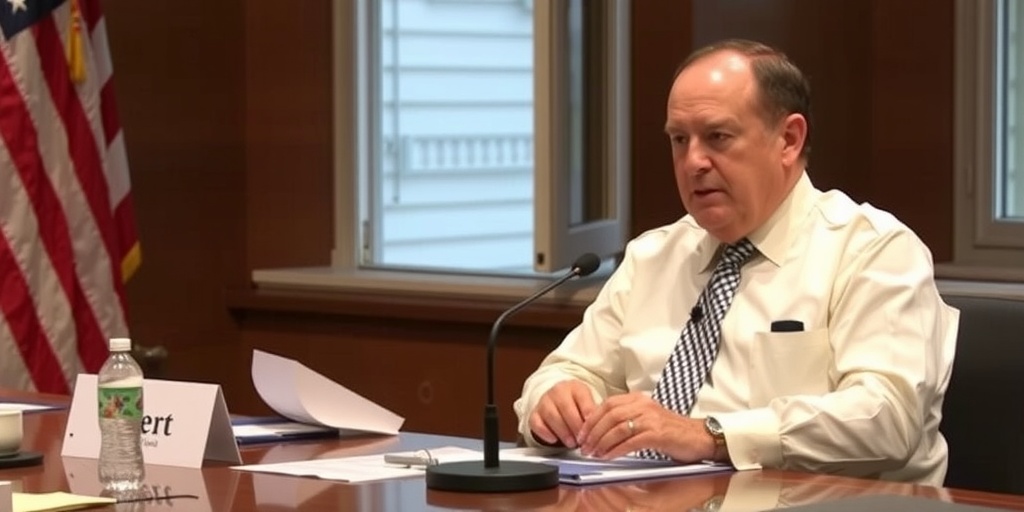Now Reading: Key Points on the E.V. Tax Credit Trump Could Repeal
-
01
Key Points on the E.V. Tax Credit Trump Could Repeal
Key Points on the E.V. Tax Credit Trump Could Repeal

Rising Electric Vehicle Sales Amid Tax Credit Uncertainty
Over the past few years, the sales of electric vehicles (EVs) have been on a steady upward trajectory. This surge can largely be credited to the federal tax credit of up to $7,500, which has made purchasing these eco-friendly cars more attainable for many consumers. However, as the automotive landscape evolves, navigating the details regarding these credits can be challenging, especially in light of potential changes anticipated under the incoming Trump administration.
The current administration has signaled intentions to reassess federal incentives for electric vehicles, which were initially introduced to make buying or leasing EVs comparable in cost to traditional gasoline vehicles. This initiative is not just about affordability; it also aims to address pressing climate change issues and support domestic manufacturing. The policies are designed to encourage automakers to produce vehicles and their components within the United States, thereby reducing reliance on foreign suppliers, particularly in China.
The effects of the tax credit have been evident, with a notable boost in domestic vehicle production. According to research from Cox Automotive, EV sales rose by 7.3% from the previous year, totaling approximately 1.3 million units sold in 2024. This momentum reflects a growing acceptance of electric vehicles among consumers, spurred on by both federal initiatives and increasing offerings from automotive manufacturers.
Understanding the Tax Credit
To clarify the complexities surrounding electric vehicle tax credits, it’s important to identify which vehicles qualify for these benefits. As of the 2025 model year, at least 15 vehicles are eligible for the full $7,500 tax credit. Eligibility hinges on several factors, including the vehicle’s assembly location and the sourcing of materials used in the batteries. Under the Inflation Reduction Act signed into law by President Biden in 2022, the criteria for qualifying for the credit stipulate that electric vans, trucks, and SUVs must have a price cap of $80,000, while sedans can be sold for up to $55,000. Moreover, buyers must meet certain income thresholds—individuals earning $150,000 or less and couples $300,000 or less can benefit from the credits.
Additional guidelines mandate that eligible vehicles must be assembled in North America, with specific percentages of critical minerals for the batteries sourced from the U.S. or its trade allies. Additionally, there exists a separate tax credit for used electric vehicles amounting to up to $4,000, applicable to any models priced at $25,000 or lower.
Changes to Qualifying Vehicles
There are ongoing adjustments to what qualifies for tax credits based on evolving regulatory standards. In 2024, 50% of the value of critical materials in EV batteries had to be sourced in either the United States or a partner country, a requirement that increased to 60% in the current year. This tightening of sourcing rules has led to some vehicles, including the Volkswagen ID.4 and the Nissan Leaf, losing their eligibility for tax credits.
Despite this, the list can change throughout the year as automakers make necessary modifications to their battery sourcing. For instance, Ford’s Mustang Mach-E currently does not qualify due to its battery production in Poland, but efforts are underway to shift production to a facility in Michigan.
Leasing Versus Purchasing Electric Vehicles
The regulations surrounding leased vehicles differ from those applying to purchases. The government treats leased cars as commercial vehicles, exempting them from certain requirements, although the tax credits are allocated to the leasing company, which is often the manufacturer’s finance arm. While some of these companies pass the savings on to consumers, this is not universally the case.
Recent lease deals have been appealing; for example, Volkswagen is offering leases on the ID.4 for as low as $149 per month. There’s also a compelling deal for the Ford Mustang Mach-E, with leases advertised at $126 monthly. However, these prices typically exclude taxes and licensing fees.
Future Uncertainties
Looking ahead, the fate of electric vehicle tax credits remains uncertain, especially with Trump’s promises to repeal or alter these incentives. While many in the automotive industry, including prominent figures like Tesla’s Elon Musk and Ford’s executive chairman, William C. Ford Jr., have advocated for the retention of these benefits, the political landscape complicates the situation.
Analysts note that reducing or eliminating these tax credits could substantially raise the costs for middle-class buyers, potentially making electric vehicles 15-20% more expensive. Current attractive leasing options provide a viable short-term strategy for drivers interested in trying electric vehicles without a full commitment to purchase.
Conclusion
In conclusion, the increasing sales of electric vehicles are significantly influenced by tax incentives designed to make them more affordable. However, the impending changes under the new administration pose challenges that could affect both the future of the electric vehicle market and consumer decisions. Given the attractive lease offers and advancements in battery technology, it may still be a favorable time to explore electric vehicle options—at least until the political and economic climate reshapes the landscape over the next few years.
Stay Informed With the Latest & Most Important News
Previous Post
Next Post
-
 01New technology breakthrough has everyone talking right now
01New technology breakthrough has everyone talking right now -
 02Unbelievable life hack everyone needs to try today
02Unbelievable life hack everyone needs to try today -
 03Fascinating discovery found buried deep beneath the ocean
03Fascinating discovery found buried deep beneath the ocean -
 04Man invents genius device that solves everyday problems
04Man invents genius device that solves everyday problems -
 05Shocking discovery that changes what we know forever
05Shocking discovery that changes what we know forever -
 06Internet goes wild over celebrity’s unexpected fashion choice
06Internet goes wild over celebrity’s unexpected fashion choice -
 07Rare animal sighting stuns scientists and wildlife lovers
07Rare animal sighting stuns scientists and wildlife lovers





















